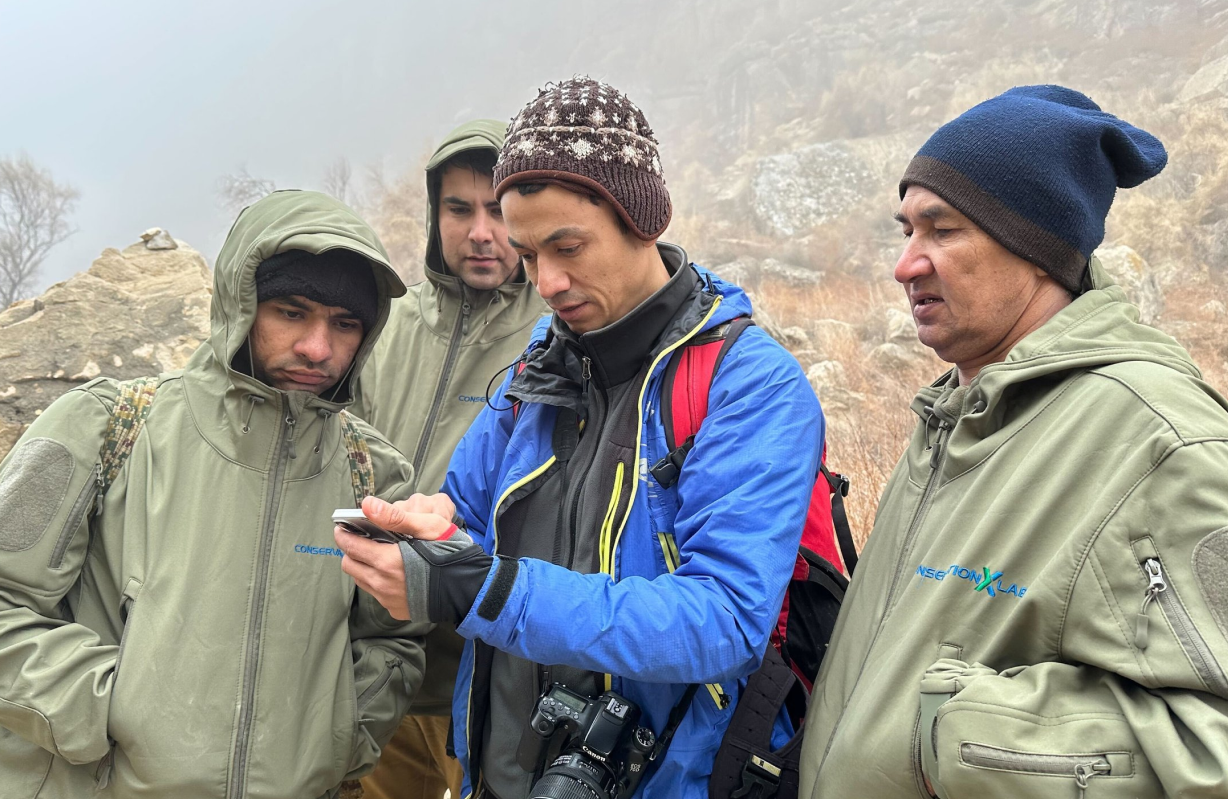


As open application period continues for the Nature Intelligence for Business Grand Challenge, innovators from around the world joined Conservation X Labs and United Nations Development Programme for a deep-dive webinar on how to craft a strong proposal. The session walked through the goals of the competition, key design considerations, and insights on what makes a scalable, impactful solution.
Chad Gallinat, Foundry Director at Conservation X Labs, opened the session with an overview of the challenge and its purpose.
“The Nature Intelligence for Business Grand Challenge,” Gallinat explained, “is designed to unlock scalable solutions that help small and medium enterprises assess and manage their interactions with nature.”
While large corporations are under growing pressure to report their nature-related impacts, small and medium-sized enterprises (SMEs) often lack the tools and expertise to measure their own. The goal of this challenge—launched in partnership with the Taskforce on Nature-related Financial Disclosures (TNFD), the UN Development Programme (UNDP), and funded by Germany’s International Climate Initiative (IKI)—is to bridge that gap.
Cassie Hoffman, Conservation X Labs’ Global Development and Innovation Lead, walked participants through the details of the competition and what reviewers will be looking for.
At its core, the challenge seeks innovations that make nature assessments cheaper, faster, and easier to use—especially for SMEs operating with limited time, budget, or connectivity. Applications must be at least at the proof-of-concept stage by the submission deadline and ready for prototype testing by January.
Hoffman encouraged applicants to focus on intuitive, accessible design and to “think creatively about how your solution could reach hundreds, thousands, or even millions of users.”
She also emphasized that this is more than a one-off prize. “We see this competition as the start of a partnership,” Hoffman said. “We want to continue working with strong teams beyond the challenge period to build tools that truly serve SMEs.”
Among her practical tips:
Next, Zung Nguyen, Product Lead for UNDP’s Digital for Planet initiative, shared her perspective on how to design solutions that can succeed in the real world.
“Innovation isn’t about flashy technology,” Nguyen said. “It’s about changing real behaviors and helping people do their jobs better.”
Nguyen encouraged teams to think through three key dimensions of product success:
She offered examples of smart simplification, such as Shopify’s model of turning a complex process—setting up an online business—into something any individual can do with minimal expertise. Similarly, she challenged innovators to make environmental tools so simple “that no consultants are required to complete them.”
Nguyen also highlighted the power of building on existing platforms and open-source data rather than reinventing the wheel. She pointed to cases like UNDP’s open-source deforestation mapping tools and a Spanish startup that helps farmers log sustainability data using WhatsApp’s AI interface—proof that scalability often comes from meeting users where they already are.
Her final advice: “The last thing we want is a great idea that can’t survive. Design for solutions that are desirable, feasible, and viable—for the long term.”
Applications for the Nature Intelligence for Business Grand Challenge are open now through December 15, 2025. Finalists will receive $5,000 to test their prototypes with SMEs, and three winners will receive $20,000 each to further develop their tools.
Upcoming webinars will take a deeper look at the LEAP approach, TNFD’s preferred methodology for nature assessments, on November 20 and 24, and an additional session on SMEs and nature will be held on November 19.
To apply or learn more, visit the Nature Intelligence for Business Grand Challenge page.
